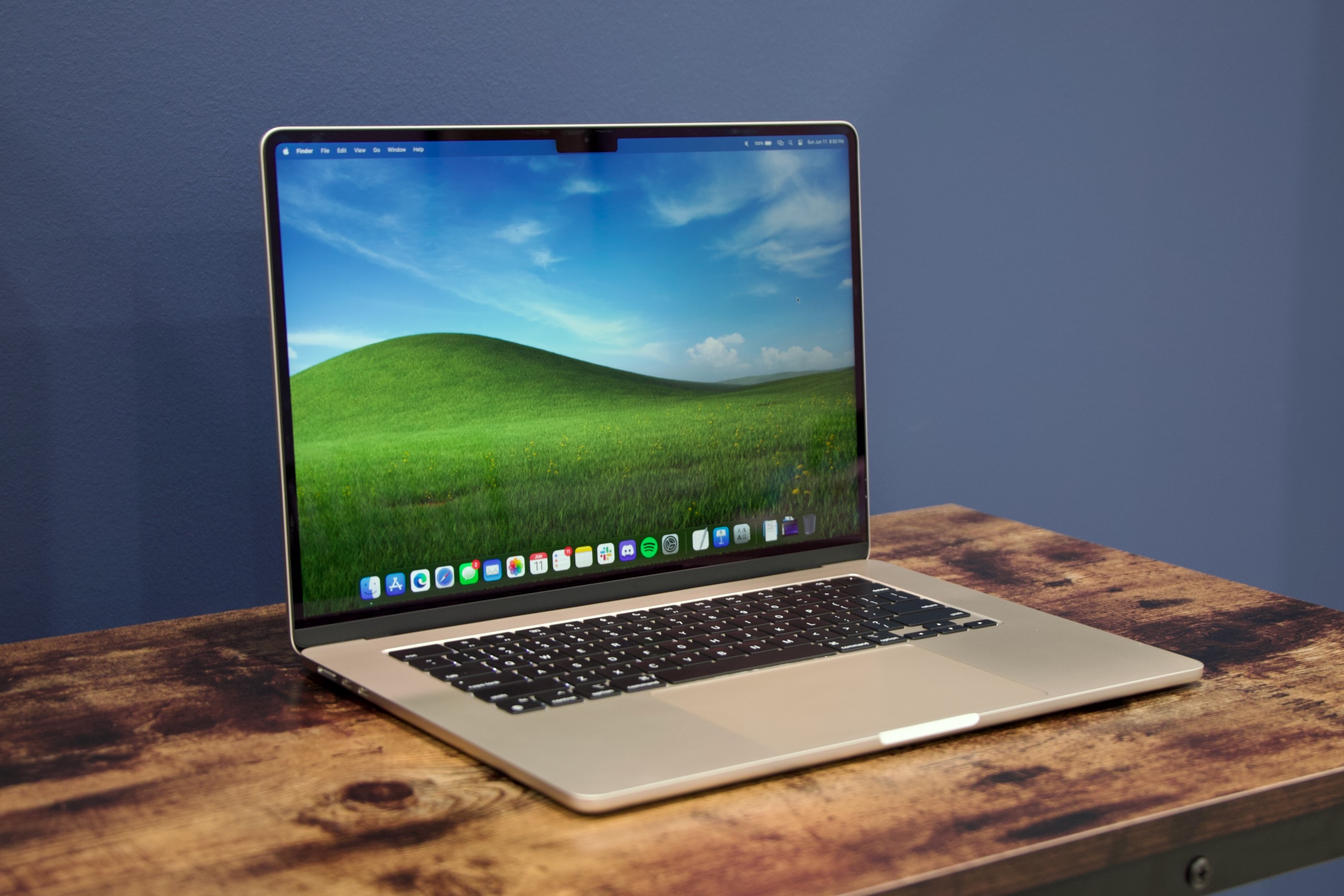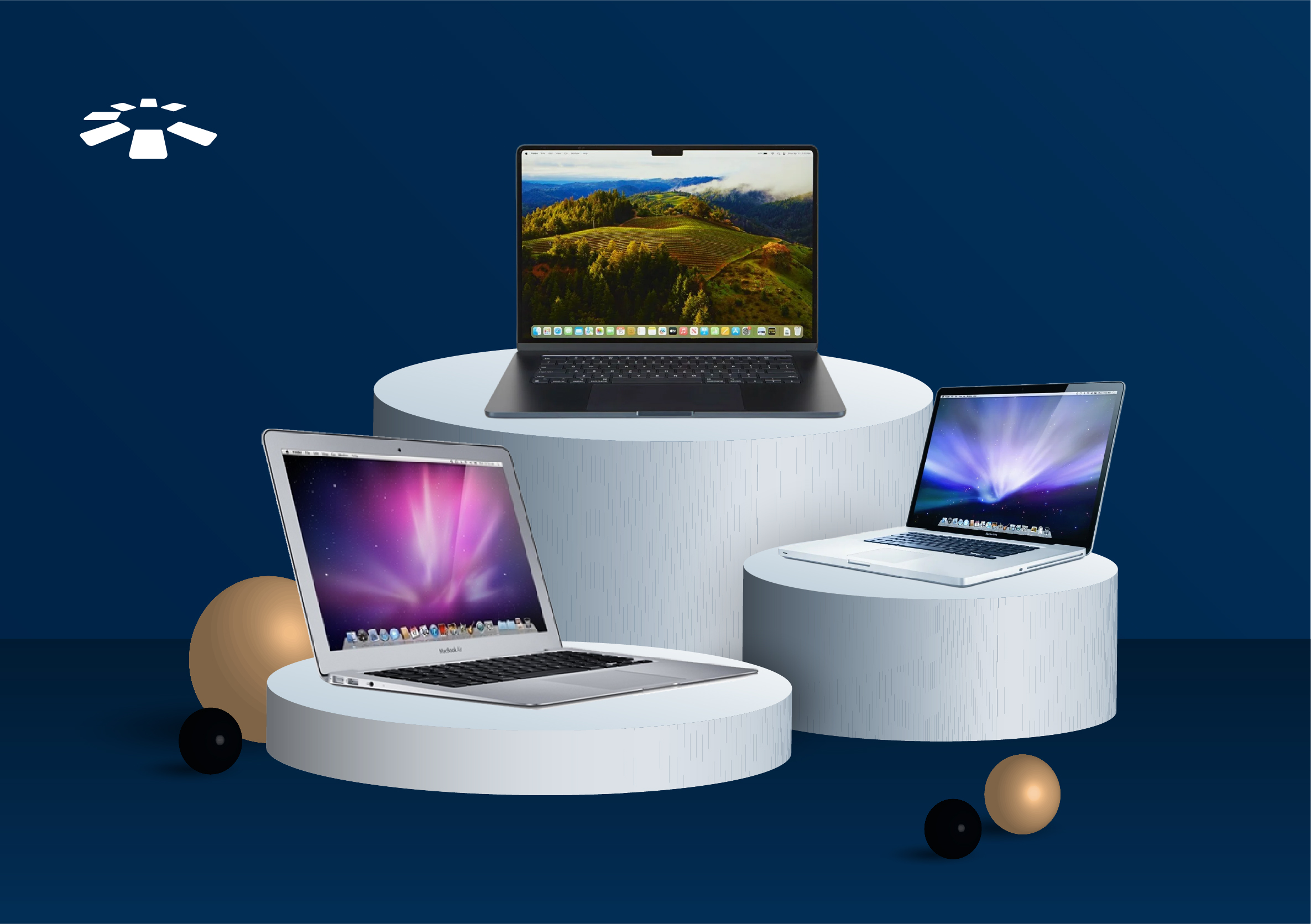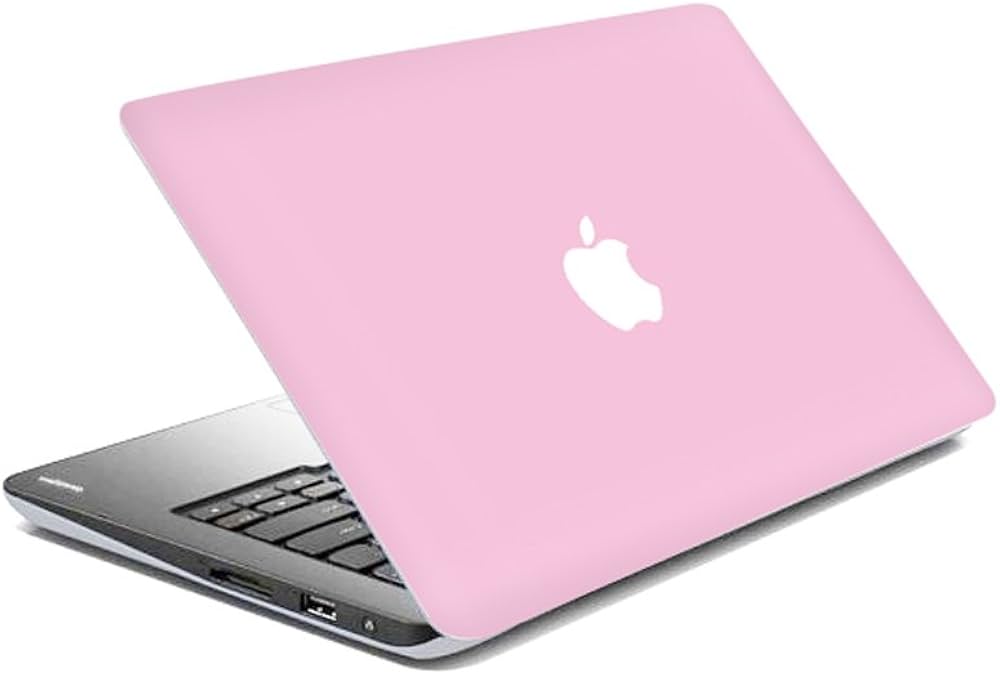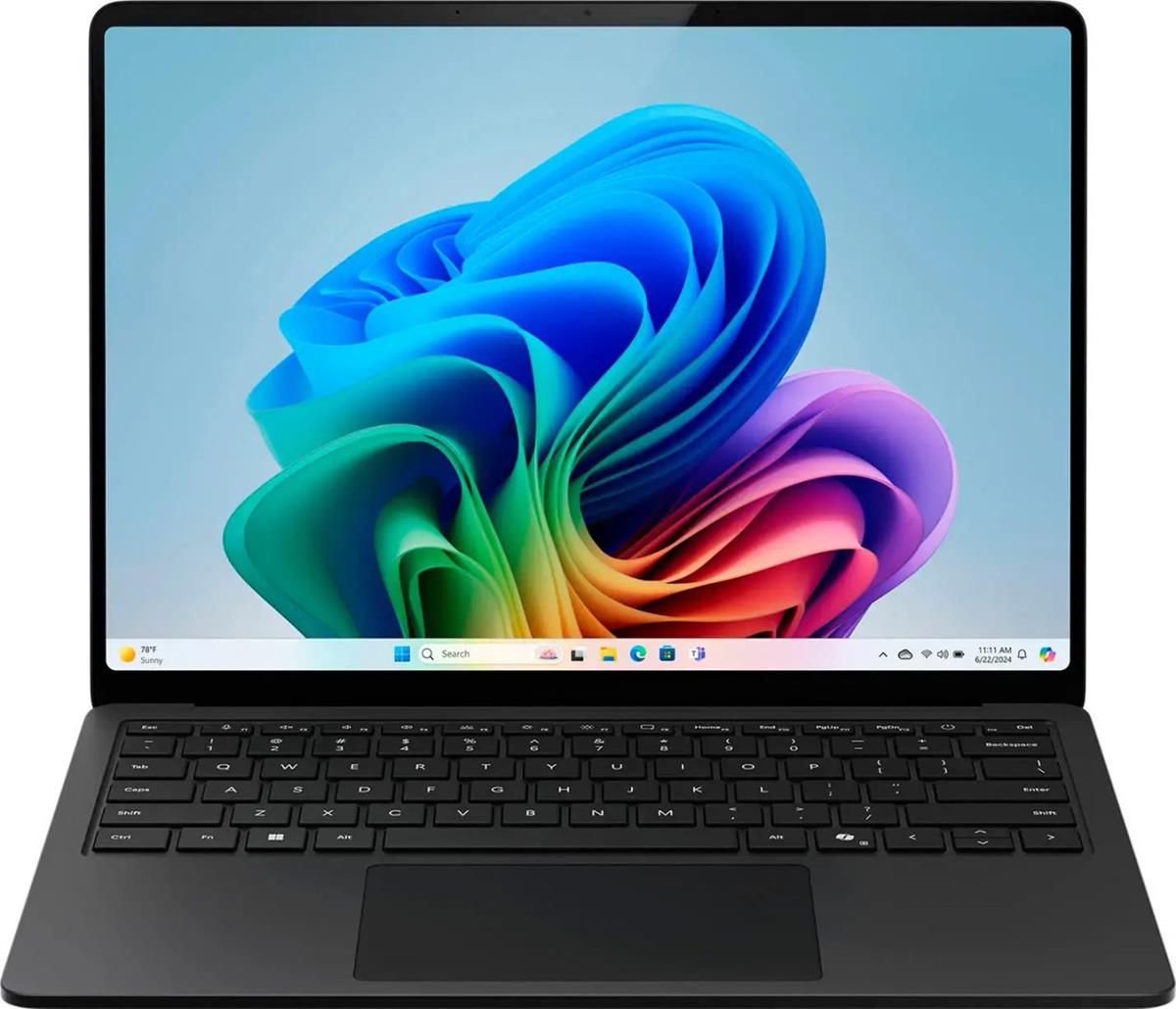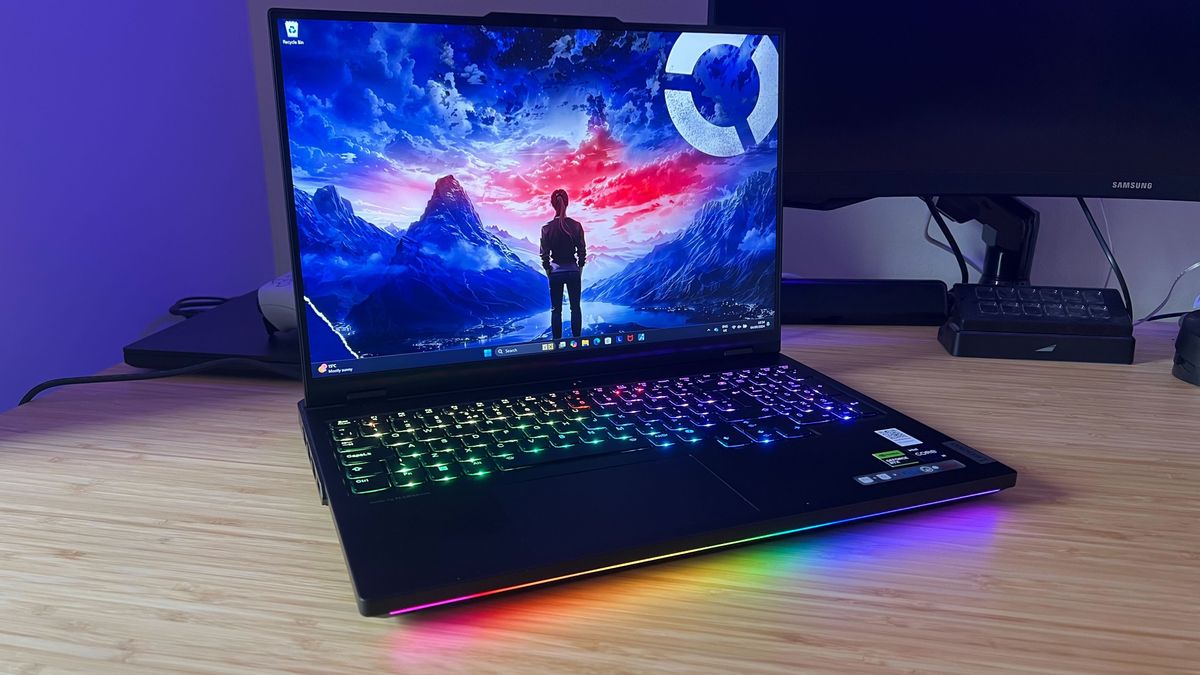
How to Choose the Right Laptop in 2025 Based on Your Needs and Budget
Introduction: The Evolving Landscape of Laptop Buying in 2025
In 2025, choosing the right laptop is more complex and exciting than ever. With new technologies like AI-powered processors, flexible foldable screens, cloud computing integrations, and enhanced battery performance, users are flooded with options. Whether you’re a student, gamer, remote worker, creative professional, or casual user, finding a laptop that meets your performance demands and stays within your budget can be daunting. This guide simplifies your decision-making process and helps you navigate the choices confidently.
1. Understand Your Primary Use Case
Before you start shopping, define what you’ll use the laptop for most:
- Student Use: Note-taking, streaming lectures, light editing, web browsing.
- Business/Office Work: Productivity apps, multitasking, video conferencing.
- Creative Work: Graphic design, video editing, 3D modeling, music production.
- Gaming: High-end GPU, high refresh rate screens, responsive keyboards.
- Everyday Use: Browsing, emails, online shopping, occasional media consumption.
Pro Tip: Create a list of top 5 daily tasks you’ll use the laptop for.
2. Set a Realistic Budget
Price ranges for laptops in 2025:
| Budget Category | Price Range (USD) | Best For |
|---|---|---|
| Entry-Level | $300 – $600 | Students, casual users |
| Mid-Range | $600 – $1000 | Office work, light creative work |
| Upper Mid-Range | $1000 – $1500 | Advanced multitasking, moderate gaming |
| Premium | $1500 – $2500 | High-performance gaming and creative work |
| Ultra-Premium | $2500+ | Elite specs, foldable screens, AI features |
Tip: Don’t just go for the cheapest; balance price with specs based on your needs.
3. Choose the Right Operating System
Each OS has unique strengths:
- Windows 11: Great for compatibility, gaming, business apps.
- macOS (Ventura and beyond): Ideal for creatives, smooth integration with Apple ecosystem.
- Chrome OS: Lightweight, fast, perfect for students and casual users.
- Linux Distros (Ubuntu, Fedora, etc.): Great for developers and privacy-focused users.
Compare OS Features:
| Feature | Windows 11 | macOS | Chrome OS | Linux |
| User Interface | Customizable | Polished | Simple | Varies |
| Software Support | High | Medium | Low | Medium |
| Performance | Varies | Consistent | High | High |
| Security | Improved | High | Very High | Very High |
| Customization | High | Low | Low | Very High |
4. Select the Right Processor (CPU)
In 2025, CPU performance is driven by hybrid architectures:
- Intel Core Ultra 7/9: Best for multitasking and performance.
- AMD Ryzen 9 8000 series: Top-tier gaming and creative work.
- Apple M3 & M4 Chips: Efficient and powerful for Mac users.
- ARM-based CPUs: Great for battery life and cloud computing.
Tip: Don’t overspend on a powerful CPU if your workload doesn’t demand it.
5. RAM – How Much Do You Really Need?
| RAM Size | Suitable For |
| 4GB | Basic browsing, very light tasks |
| 8GB | Standard for students, office work |
| 16GB | Multitasking, content creation |
| 32GB+ | Professional video editing, 3D design |
Always go for upgradeable RAM if possible.
6. Storage: SSD vs. HDD and How Much You Need
| Storage Type | Speed | Durability | Best Use Cases |
| HDD | Slower | Prone to damage | Bulk storage, backups |
| SSD (SATA) | Faster | More durable | Everyday use, boot speed |
| NVMe SSD | Fastest | Most durable | Gamers, creative professionals |
Recommended Sizes:
- 256GB: Light users
- 512GB: Average users
- 1TB or more: Power users
7. Display Quality and Size Matters
Key things to consider:
- Size: 13” (portable), 15” (balanced), 17” (desktop replacement)
- Resolution: FHD (1080p), QHD (1440p), UHD (4K)
- Panel Type: IPS (better colors), OLED (vibrant, deeper blacks)
- Refresh Rate: 60Hz (standard), 120Hz+ (gaming, animation)
8. Battery Life: Real-World Expectations
| Usage Type | Ideal Battery Life (Hours) |
| Light Browsing | 10–15 |
| Office Work | 8–12 |
| Gaming | 3–6 |
| Video Editing | 4–8 |
Look for USB-C fast charging and battery health software.
9. Graphics Processing Unit (GPU) – Do You Need It?
- Integrated Graphics (Intel Iris Xe, AMD RDNA): Great for most users.
- Discrete GPUs (NVIDIA RTX 40 series, AMD Radeon RX): Needed for gaming and rendering.
- Apple’s Unified GPU: Best for optimized macOS performance.
10. Build Quality and Portability
- Weight: Under 3 lbs is ideal for portability.
- Materials: Aluminum is more durable than plastic.
- Hinge Quality: Check flexibility, especially in 2-in-1s.
- Thermal Management: Dual-fan or vapor chamber systems for heavy users.
11. Keyboard and Trackpad Experience
- Backlit keyboards for night use
- Key travel and tactile feedback for comfort
- Precision touchpads or haptic touchpads (MacBooks)
12. Connectivity Options You Shouldn’t Miss
- USB-C with Thunderbolt 4
- HDMI/DisplayPort for external monitors
- Wi-Fi 6E or Wi-Fi 7
- Bluetooth 5.3
- SD Card Reader (if you’re a photographer or content creator)
13. Webcam and Microphone for Remote Work
- 1080p or 4K webcams with privacy shutters
- AI-based noise cancellation for microphones
- IR camera for Windows Hello login
14. Laptop Brands and Their Strengths in 2025
| Brand | Best Known For |
| Apple | Premium quality, macOS ecosystem |
| Dell | Business laptops, build quality |
| HP | Versatile models, business focus |
| Lenovo | Keyboards, reliability |
| ASUS | Gaming and creative users |
| Acer | Budget-friendly, decent performance |
| Microsoft | Surface devices, portability |
15. Look Out for AI-Enhanced Features
- Smart cooling and power optimization
- Real-time transcription and captioning
- AI webcam framing and light adjustment
- Security monitoring with AI intrusion detection
16. Cloud and Hybrid Laptops
2025 sees a rise in devices that combine local and cloud storage for:
- Instant-on experience
- Cloud-based app optimization
- Lightweight operating systems
Examples: ChromeOS Flex, Windows 365 Cloud PC Laptops
17. Security Features to Protect Your Data
- Fingerprint scanners
- Face recognition
- TPM 2.0 chip
- AI-based malware defense
- Physical camera covers
18. Software and Subscriptions to Consider
- Microsoft 365
- Adobe Creative Cloud
- Antivirus (Bitdefender, Norton)
- Cloud Storage (Google Drive, Dropbox, OneDrive)
19. Warranty and Support Services
Look for:
- At least 1-year manufacturer warranty
- Onsite repair options
- Accidental damage protection
- 24/7 customer support
20. Futureproofing Your Laptop Purchase
Tips:
- Choose upgradable RAM and SSD
- Look for Wi-Fi 7 support
- USB4 compatibility
- Sustainable design and recyclable materials
Conclusion: Making an Informed Laptop Decision in 2025
Choosing a laptop in 2025 is a balance of functionality, futureproofing, and financial sense. With a clear understanding of your specific needs, awareness of new technologies, and a budget-conscious mindset, you can find a laptop that not only meets your expectations but enhances your productivity and entertainment for years to come.
